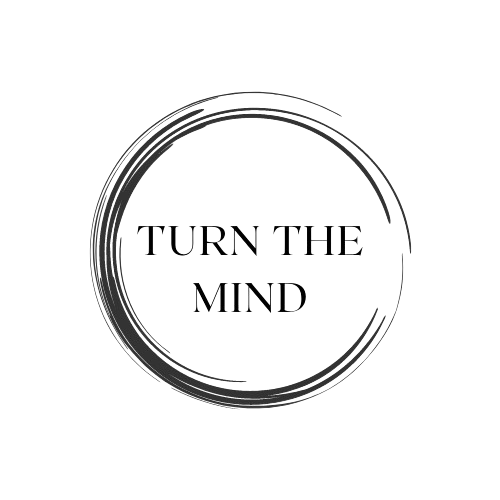DBT Target Behavior Hierarchy
In DBT, the target hierarchy is a framework that guides the prioritization of therapeutic interventions based on the severity and urgency of the client's presenting problems. It consists of a hierarchical structure that outlines the order in which different treatment targets should be addressed. This hierarchy exists to ensure that the most life-threatening or debilitating issues are tackled first, before progressing to less severe concerns.
The target hierarchy in DBT typically consists of five levels, but here we will talk about the top 3. They are arranged from the most critical to the least critical targets.
Reducing life-threatening behaviors, such as suicidal ideation or self-injury.
Addressing therapy-interfering behaviors, which could hinder the progress of treatment.
Address behaviors that significantly impair quality of life.
The target hierarchy in DBT exists to prioritize treatment goals and ensure that the most pressing and dangerous behaviors are addressed first. By following this hierarchical structure, therapists can efficiently allocate resources and interventions to the areas of greatest need, maximizing the potential for positive outcomes and minimizing risks. Additionally, the target hierarchy provides a structured framework for monitoring progress and adjusting treatment plans as necessary, ensuring that the client's needs are continually met throughout the therapeutic process.
